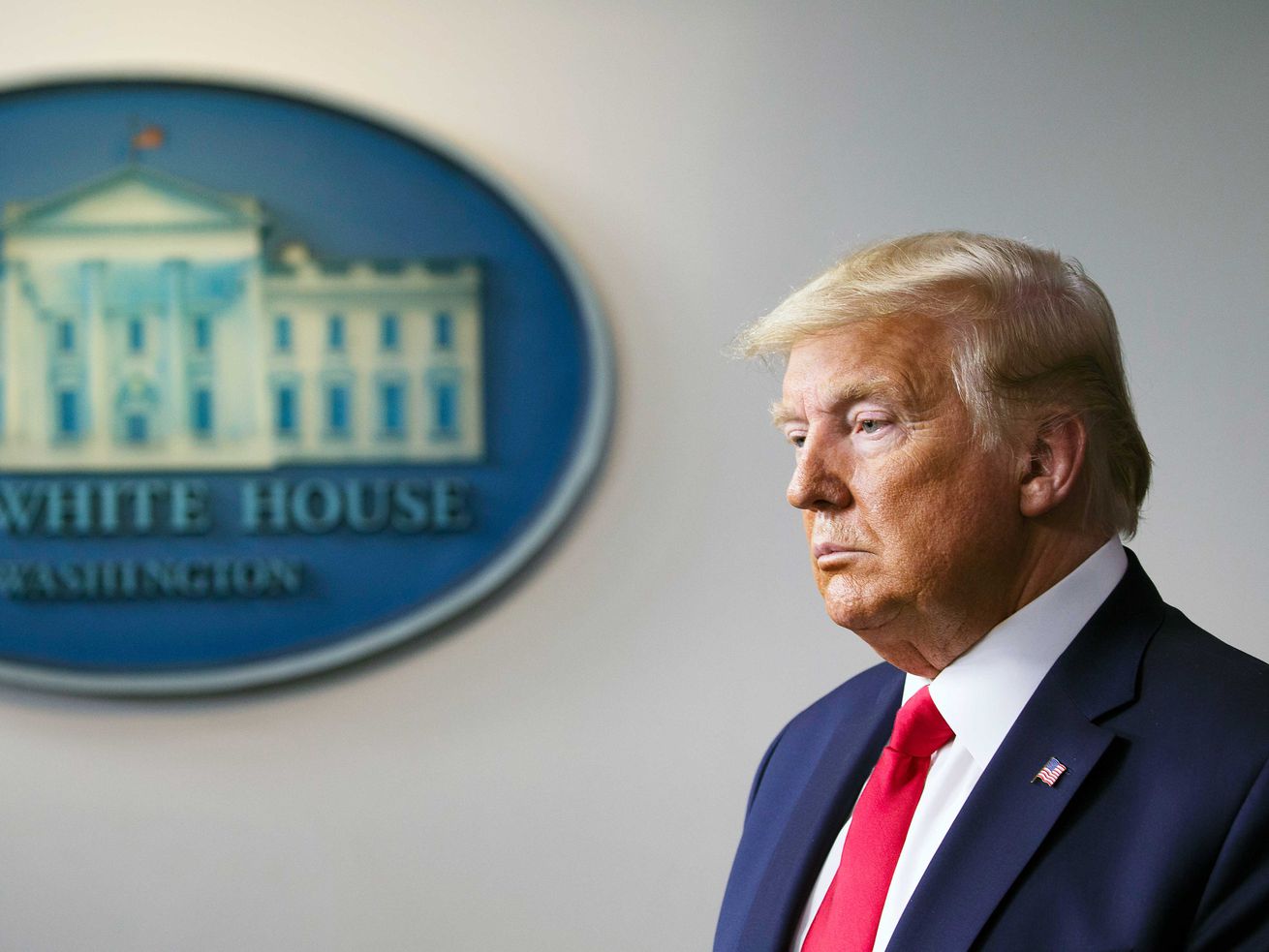He called for the protection of the Asian American community even as his own actions have stoked xenophobia.
After days of promoting xenophobia and using a racist name for the coronavirus, President Donald Trump is finally acknowledging the discrimination that Asian Americans are experiencing, while failing to confront his role in contributing to it.
On Monday evening, he posted a tweet calling on people to “protect our Asian American community” in the US, a message that was seemingly in response to the uptick of harassment Asian Americans have encountered in recent months as the coronavirus pandemic has worsened.
And during a press conference on Monday, Trump opened with a similar sentiment. “The spreading of the virus is not their fault in any way shape or form,” he said.
It’s a message that was aimed at noting the prejudice that Asian Americans have encountered, but it’s also one that obscures how Trump has helped stoke this xenophobia himself, including with the decision to refer to the coronavirus as the “Chinese virus.”
….is NOT their fault in any way, shape, or form. They are working closely with us to get rid of it. WE WILL PREVAIL TOGETHER!
— Donald J. Trump (@realDonaldTrump) March 23, 2020
Researchers are still collecting data about what exactly the response to Covid-19 has been like, but some early observations underscore the blowback Asian Americans have faced since the outbreak has grown.
As the New York Times reported, researchers and advocacy groups have noticed an increase in media reports about physical and verbal assaults toward Asian Americans in recent weeks. Previously, Vox’s Dylan Scott reported that San Francisco researchers identified more than 1,000 instances of xenophobia directed at Chinese Americans between January 28 and February 24, the period just before the first US coronavirus death.
Such behavior is something Trump has only appeared to promote further with his choice to repeatedly call the coronavirus, the “Chinese virus,” a term that directly goes against guidance from the World Health Organization, which has urged against the usage of names tying an illness to a specific place.
“We’ve seen certain disease names provoke a backlash against members of particular religious or ethnic communities, create unjustified barriers to travel, commerce and trade, and trigger needless slaughtering of food animals,” Keiji Fukuda, former WHO assistant director-general for health security said while introducing those guidelines. “This can have serious consequences for people’s lives and livelihoods.”
Trump is trying to help with his new messaging, but it’s missing the point
Trump’s Twitter message, while apparently aimed at promoting inclusion, ultimately wound up sending a mixed signal. Even as Trump urged people to defend the Asian American community, he continued to “other” members of it, using language that distanced Asian Americans from Americans as a whole.
One line, in particular, stood out and seemed to undercut the entire premise of the post: “They are working closely with us to get rid of it,” the president wrote.
The framing of this sentence, rather than actually communicating unity, only underscores how stratified Trump’s view of the country continues to be. In it, he appeared to imply that Asian Americans, or “they,” were separate from the “us,” a term he was seemingly using as a stand-in to refer to Americans in general. It’s a sentence that notably obscures the fact that the “us” in this case should include all Americans of all backgrounds.
It’s worth noting that there are other potential readings of this line. For example, Trump’s reference to “us” may have been to himself, the administration, and the broader government response, though those interpretations also disregard the contributions of Asian American staffers and lawmakers that are working on combatting the virus as well.
Trump’s latest comments, it seems, were ultimately in line with how he’s been talking about coronavirus in the past week. Although Trump’s statements on Monday looked like they were intended to deter discrimination, the way they were written continued to betray the undercurrent of xenophobia that’s been driving his rhetoric all along.
Author: Li Zhou
Read More



